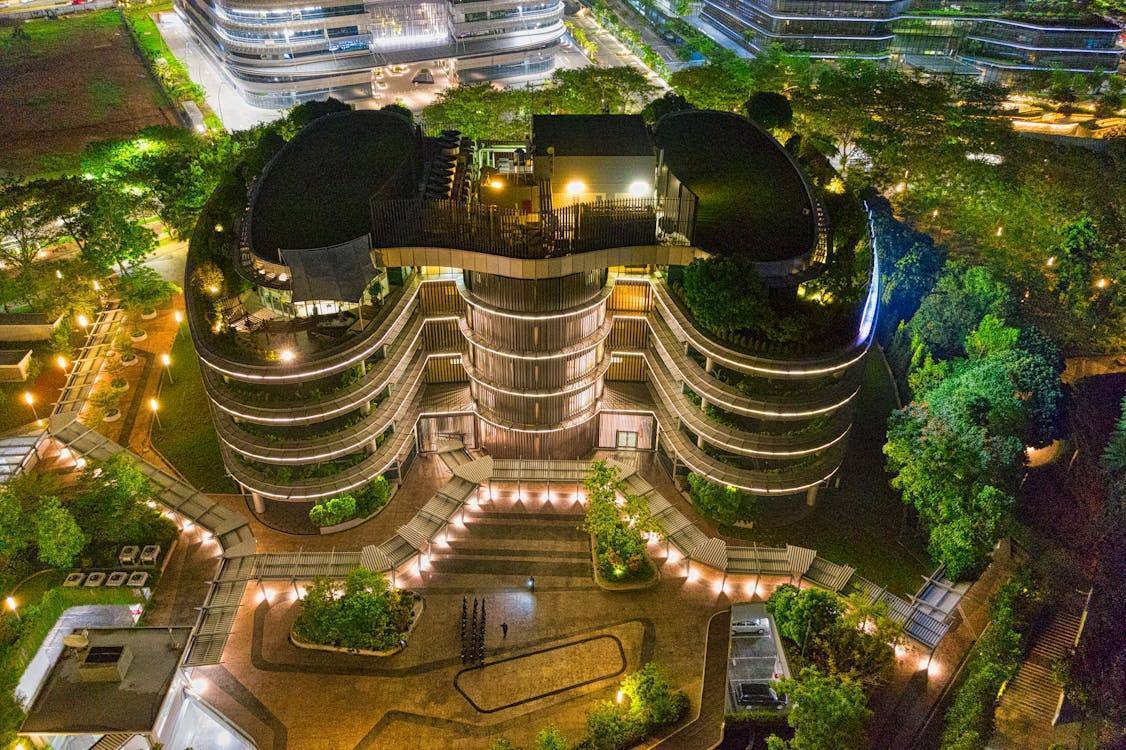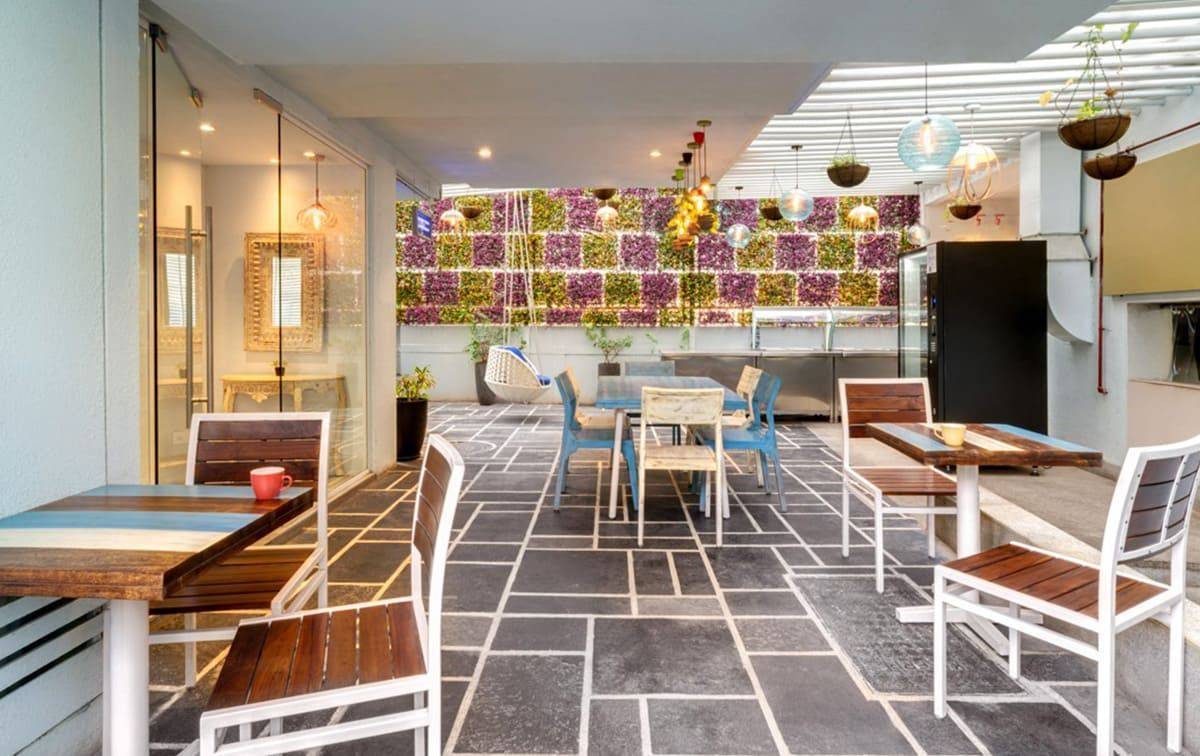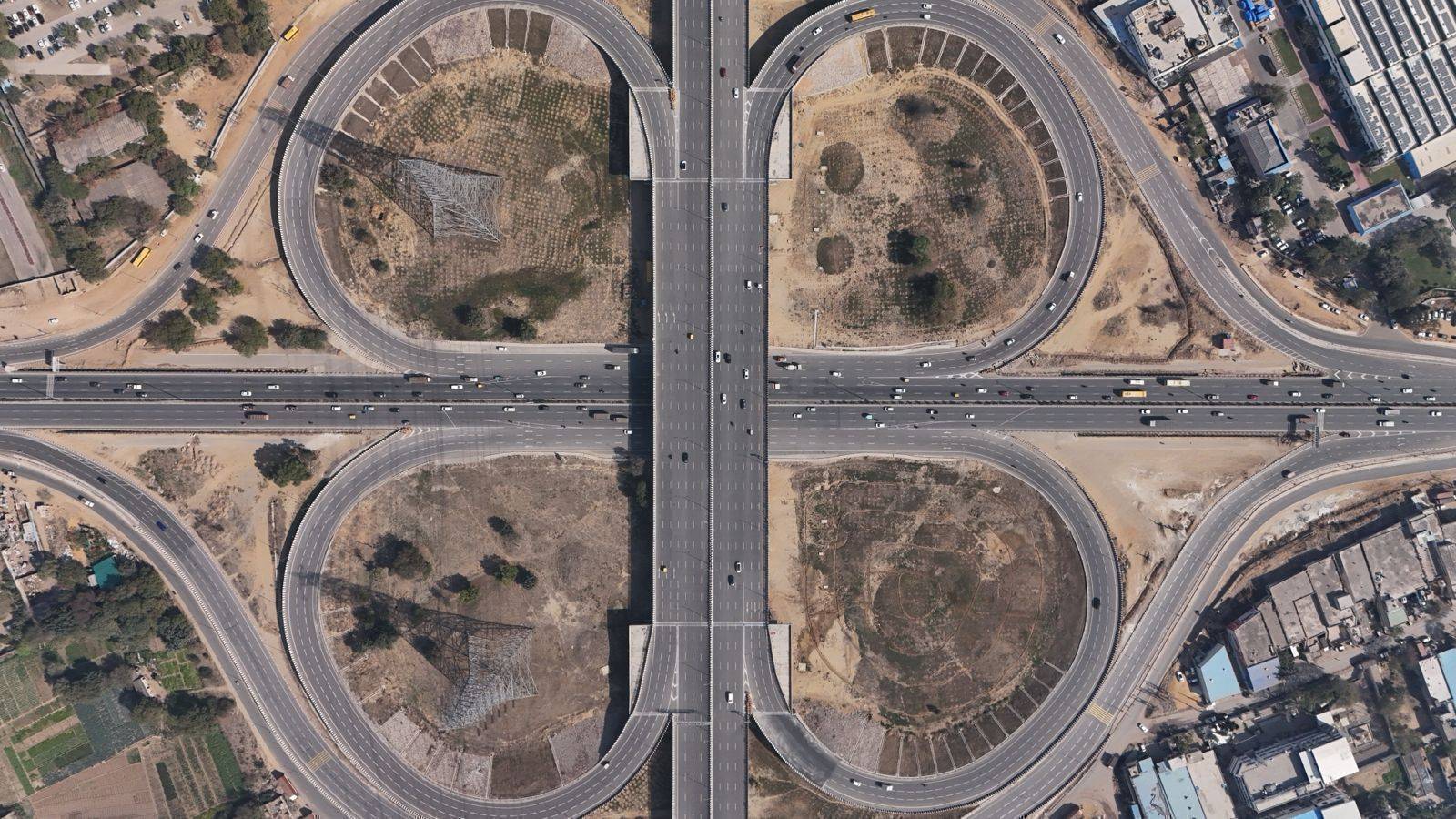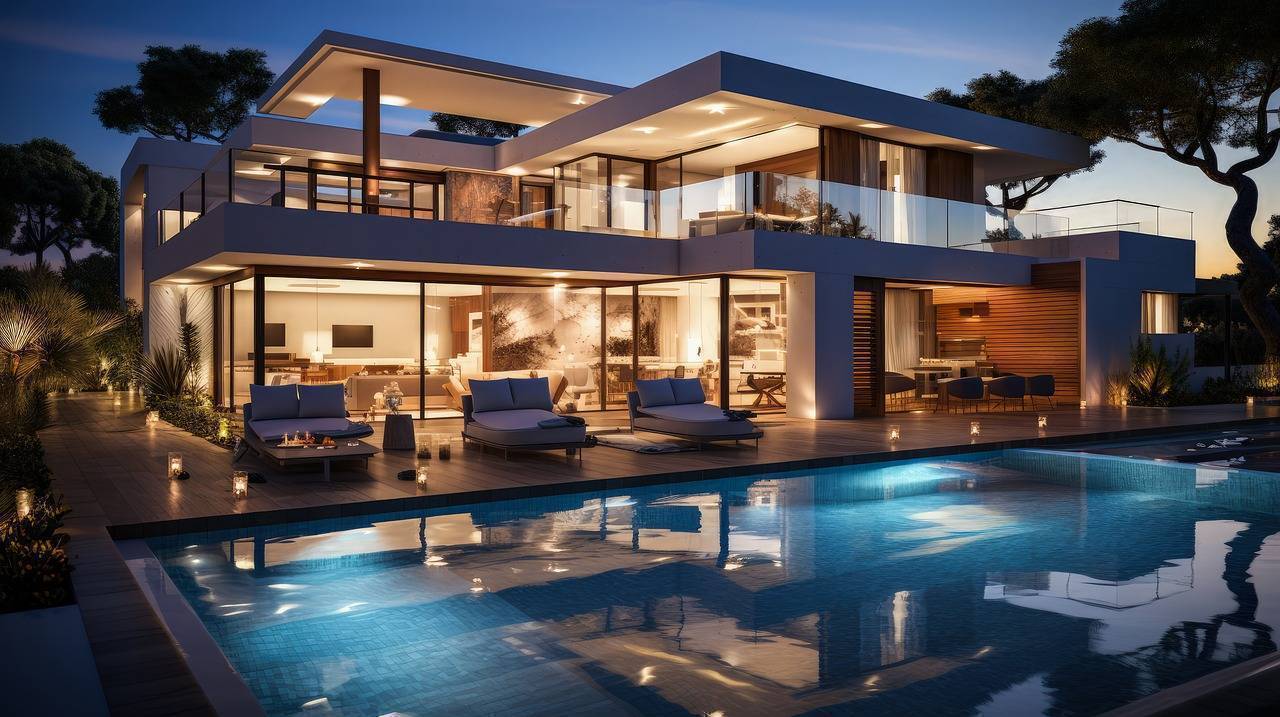Luxury, once synonymous with extravagance and exclusivity, is now undergoing a paradigm shift. Today’s discerning consumers are redefining what it means to live lavishly. Opulence is no longer measured solely by size, location, or material wealth—it now includes environmental impact, wellness integration, and long-term sustainability. In this evolving landscape, green infrastructure has emerged as the new gold standard in high-end developments, setting a precedent for a more conscious and future-forward definition of luxury.
The Rise of Eco-Conscious Affluence
Across the globe, luxury homebuyers are increasingly prioritizing sustainability in their lifestyle choices. From electric vehicles to organic fashion, environmentally friendly preferences are becoming status markers—and real estate is no exception. High-net-worth individuals are investing in homes that not only reflect their social standing but also their values. This shift is driving developers to integrate eco-conscious design into the very fabric of luxury properties. Green-certified developments are being perceived as more sophisticated, refined, and future-proof. Buyers are no longer just investing in aesthetics; they’re investing in longevity—of their homes, their health, and the planet.
What Constitutes Green Infrastructure in Luxury Developments?
Green infrastructure in high-end projects isn’t about basic recycling bins or token solar panels. It involves a holistic and intelligent integration of sustainable design, technology, and construction materials. Key features include:
- LEED or IGBC certifications ensuring global standards in sustainable design
- Energy-efficient systems including solar panels, smart grids, and automated lighting
- Water management technologies such as rainwater harvesting and greywater recycling
- Green roofs and vertical gardens that aid in insulation and improve air quality
- Use of non-toxic, renewable building materials to reduce the carbon footprint
- Smart home automation to optimize energy use and minimize waste
These features enhance the performance and appeal of a property while significantly reducing its environmental impact.
A Smarter Investment
Sustainable luxury properties are proving to be smarter financial investments. Green-certified buildings often command higher resale values, lower utility costs, and longer life cycles. In fact, studies show that eco-luxury homes in key global markets are appreciating faster than traditional builds.
Additionally, as governments and municipalities tighten environmental regulations, owning a green home ensures long-term compliance and resilience against future policy shifts. In India, for example, the Real Estate Regulatory Authority (RERA) is increasingly aligning with global green building codes, incentivizing developers and buyers alike.
Wellness Meets Sustainability
Another major factor driving the demand for sustainable luxury is the growing emphasis on health and wellness. Green buildings typically offer better air quality, abundant natural light, and thermal comfort—contributing to a healthier living environment. Luxury developments now commonly feature wellness-focused amenities such as meditation pavilions, toxin-free interiors, organic gardens, and biophilic design elements that blur the line between indoor and outdoor living. This fusion of sustainability and wellness isn’t just aspirational—it’s essential in a post-pandemic world, where well-being is central to how people choose to live.
A Legacy of Responsibility
For luxury developers, adopting green infrastructure is not just a strategic move; it is a moral imperative. As the construction and real estate sectors are among the largest contributors to global carbon emissions, integrating sustainability into development practices is a powerful way to mitigate climate impact and lead by example. By prioritizing green infrastructure, developers are not only building homes—they are building legacies of responsibility, resilience, and innovation.
Sustainable luxury is more than a trend—it is the new identity of high-end real estate. In a world grappling with environmental uncertainty, green infrastructure offers a path to luxurious living that’s intelligent, ethical, and enduring. For the modern luxury buyer, sustainability isn’t a compromise; it’s a commitment to a better future—and that is the true mark of affluence.
Authored By:

Sainath Kandi is the Executive Director at Ravisankar Group. He is a diversified conglomerate known for its strong presence in infrastructure, construction, and real estate. With a strategic vision and commitment to innovation, Sainath plays a pivotal role in steering the company’s growth across sectors. Backed by a deep understanding of market dynamics and operational efficiency, he has been instrumental in expanding the group’s footprint and fostering sustainable development. His leadership reflects a blend of modern business acumen and traditional values, driving excellence and trust. Sainath continues to lead transformative initiatives, contributing significantly to the group's long-term success and industry reputation.








.png)